During the Zoomark press conference at Interzoo in May, the preliminary results of the study carried out by Nomisma on the purchasing habits of Italian pet owners were published. “The results of the research provide a cross-section of current and future trends in the purchasing behaviour and preferences of pet owners, important information that can help leading Italian and foreign companies define their sales strategies,” said Mattia Barchetti, Head of Market Intelligence at Nomisma.
A growth market
In 2022, around 6.8 bn euros will be spent on the care and protection of pets. Of this, 57 per cent was spent on food and 26 per cent on veterinary care. 17 per cent of expenditure (1.2 bn euros) was spent on accessories, in particular food supplements and anti-parasite products, cat litter, accessories, hygiene and grooming products and toys. Over the 12 months, more than 60 per cent of Italian pet owners spent money on non-food products.
Nutritional supplements and anti-parasite products are the most commonly purchased items: 69 per cent of owners bought these products in the last year. More than 60 per cent of Italian pet owners spent money on other pet accessories such as kennels, cages, food or water bowls, as well as DIY, hygiene and grooming products. 54 per cent bought toys for their pets, while 38 per cent bought or replaced leashes, collars or harnesses in the last 12 months.
The majority of pet owners said they had spent a maximum of 100 euros on all non-food categories in the last 12 months, while 16 per cent said they had spent more than 300 euros on electronics alone.
The pet owners
52 per cent of respondents to the Nomisma survey said that they spend the majority of their monthly expenditure on their dog. On average, pet owners are over 45 years old (47 per cent) and belong to a family with children (43 per cent). In addition, almost 90 per cent of pet owners live in a house with an outdoor area, i.e. with at least one balcony or garden. From a social and demographic perspective, the proportion of high spending pet owners is highest in the 30-45 age group and in households without children. This type of consumer prefers to shop online.
32 per cent of the sample surveyed by Nomisma are considered high spenders: people who say they spend an above average amount on pet accessories. For this group of consumers, brand recognition and trust are key factors in their decision to buy a particular accessory. For 20 per cent of Italian pet owners, familiarity with the brand or store is an important reason for purchasing. And 46 per cent of those surveyed said they would pay more attention to sustainability in the next two to three years.

Where they shop
When it comes to shopping channels, 37 per cent of respondents said they prefer to buy pet supplies from physical stores, particularly large pet store chains. Respondents cited the ability to see and test products in person as the biggest strength of physical pet stores. They also appreciated the proximity of the stores to their homes and the ability to talk to the sales staff and ask for advice and information. Only seven per cent buy pet supplies from discounters and hypermarkets.
The survey also reveals the regions of Italy where non-food spending is concentrated. The regions where households spend the most on accessories are Lombardy, Lazio, Emilia-Romagna and Tuscany. These four regions account for more than 60 per cent of the country’s total non-food pet spending (around 280 mio euros).
However, 35 per cent of those surveyed by Nomisma prefer to shop online: 19 per cent mainly on general sites such as Amazon and 16 per cent on sites dedicated exclusively to pet products or on the websites of pet retail chains. Users of online channels are primarily looking for the best price and a wider range of products. Another key factor is the ability to compare different products on multiple sites before buying online.
“The research predicts that spending in non-food categories will increase over the next two to three years, particularly on cat litter, supplements and anti-parasite products, and electronic devices. More modest growth is predicted for leashes and muzzles, transport accessories, clothing and toys,” concludes Barchetti.

 Menü
Menü





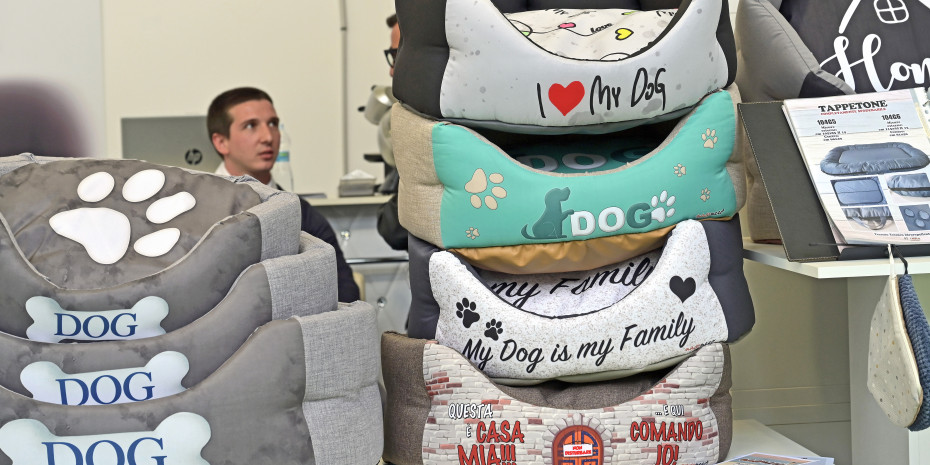


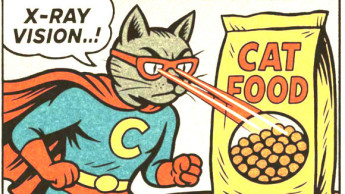
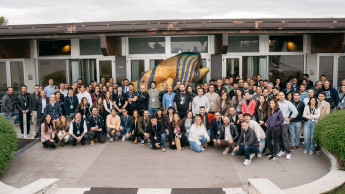








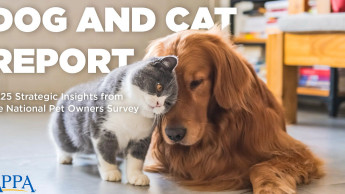

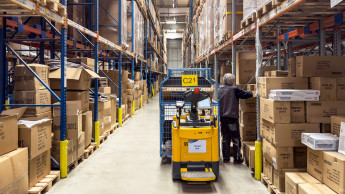
 Newsletter
Newsletter